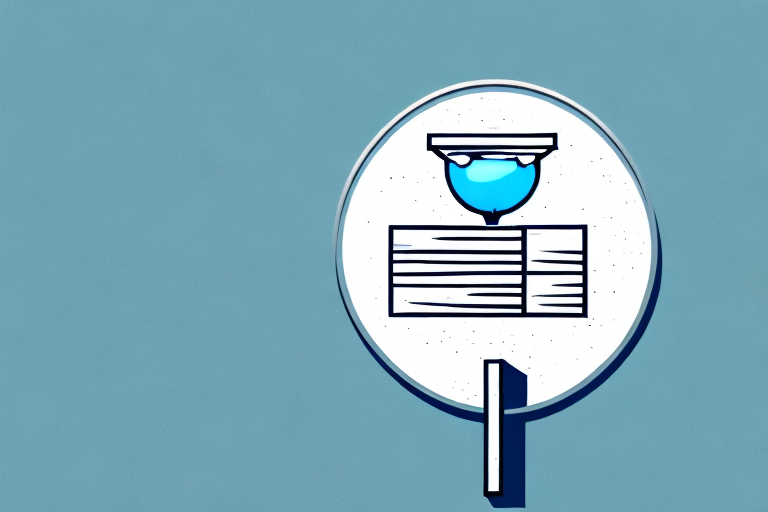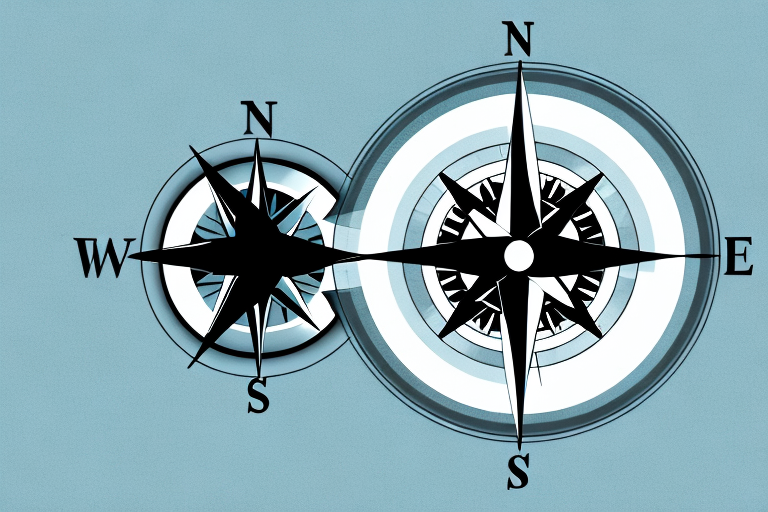Self-managed super funds (SMSF) have become an increasingly popular way for many Australians to own property.
There are a number of advantages to using SMSF for purchasing real estate including the tax advantages, the ability to diversify away from stocks and bonds and of course, more control.
As a result, an SMSF can be a very smart way to buy property and and make the most of all the benefits of superannuation. However, investing via a SMSF is not quite the same as purchasing an investment property in your own right and there are some considerations that you will need to take into account.
One of the first things you need to factor in is that you might well be required to come up with a higher deposit than what you would if you weren’t using a super fund. In many cases, you might need to put down up to 30 per cent.
SMSF properties typically require a loan-to-value ratio (LVR) of 70-80 per cent but that will vary depending on your lender. That’s a $150,000 (20%) to $240,000 (30%) deposit on a property worth $800,000. You will also need money set aside (generally around 5%) to cover other fees and charges like stamp duty and professional fees like conveyancers.
The other factor to consider is that you will also potentially need to have some form of excess cash in the SMSF to help cover other costs that might come along. Typically around $50,000 is a good amount of cash to have set aside to cover fees and anything else that might come along.
Just like buying a house outside of a super fund, you will also need to factor in your ability to service a loan.
While the lender might not directly look at your income, they will look at the level of contributions that are going into your SMSF, which is obviously related to your income.
Oftentimes the first thing you’re going to need to do is talk to your mortgage broker about you and your partner’s income levels and contributions and get an idea of what you might be able to borrow, based on those numbers of the potential rental income. From there you can then work backwards to determine how much deposit you will need to put down including costs and also factoring in that cash buffer just to be safe.
There are also some other things to consider with a SMSF that buyers don’t always think about. The main one is that you are not able to use the property that you purchase through a SMSF as your residence or rent it out to a family member.
There are also a number of regulatory issues that you will have to contend with, which is why it’s a good idea to discuss purchasing in a SMSF with your accountant or financial planner before getting started.
Buying property in your SMSF is a great option for a lot of people, but it’s up to you to make sure you know your financial position and how the regulations are going to impact what you can or can’t purchase as a result.









